
Musings of a Sparrow….
Redemptive Realism is storytelling that honors truth, wrestles with pain, and reveals grace. Through her writing, Pauline J. Grabia explores faith, memory, and mercy, reminding readers that brokenness can become beauty in God’s hands.

Subscribe to My Newsletter
The best way you can help me out is to subscribe to my newsletter. You will receive exclusive access to the What Remains After 7-Day Reflective Guide and news and updates on the Subscriber Content page.
Your privacy matters. Please see my privacy policy in the menu bar at the top of the page.

Light Shines Best amid Darkness
Recently, I submitted a manuscript to a developmental editor. That novel, FOR MAGGIE, is a project I have been working on in various forms for over half a decade. I was puzzled when my editor returned with the question of what genre I was writing in. I thought it was clear. My story is a Christian romantic suspense. My editor informed me that because my manuscript contained Christian themes, mentioned Christ, and quoted scripture, secular publishers or audiences would not accept it. I was aware of this. What surprised me was when she told me that due to the “dark subject matter,” it wouldn’t be accepted by Christian publishers or audiences, either. I had to decide whether to eliminate the spiritual elements from my book to target a secular audience or to lighten the subject matter and remove certain sections to appeal to the Christian market. I felt frustrated that, as a writer, I couldn’t explore the dark nature of the human condition and still be considered “Christian.”
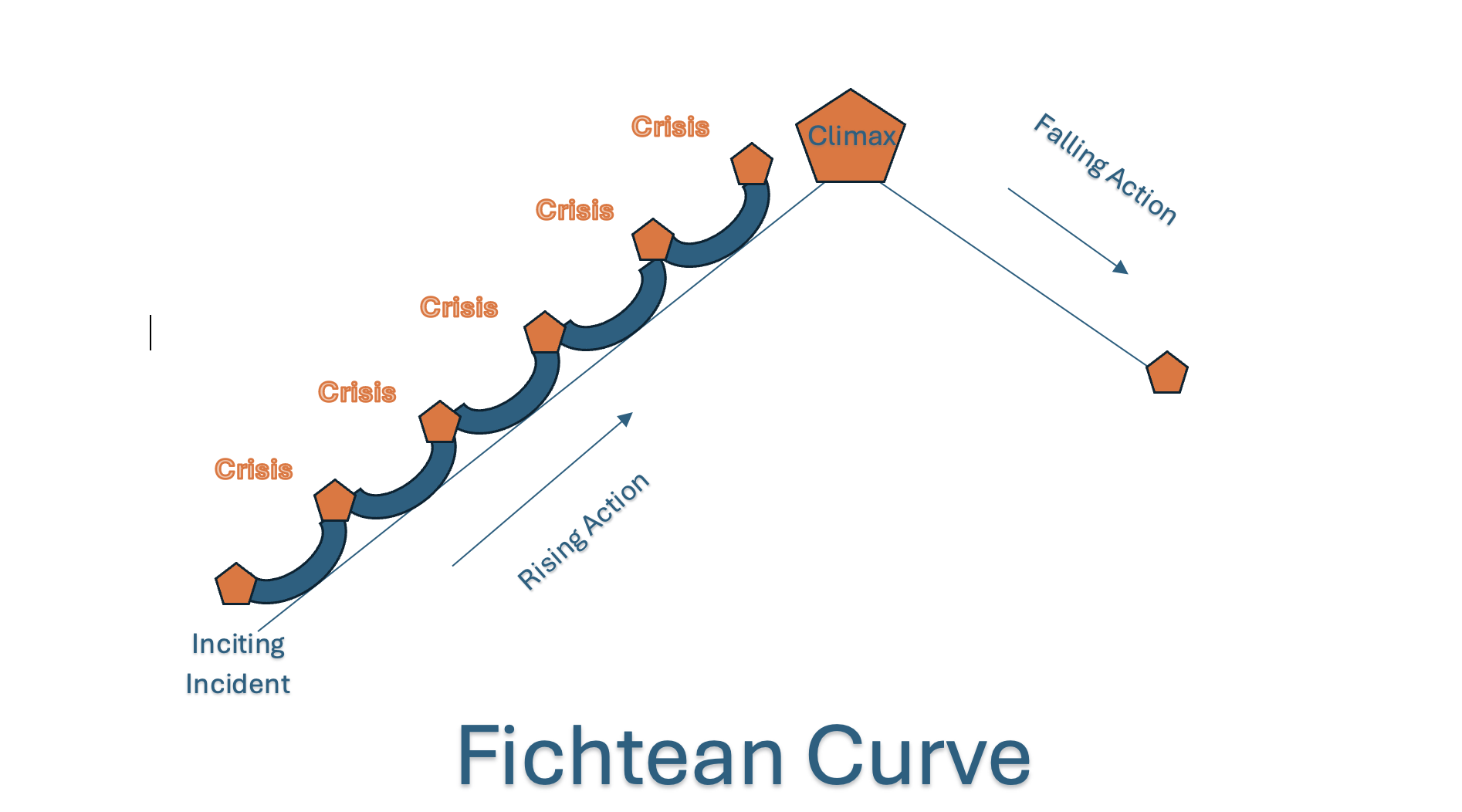
Story Structure Series: The Fichtean Curve
In today’s post, we will explore a structure commonly used in various genres, including satire, speculative fiction, crime, and thrillers/suspense: the Fichtean Curve….
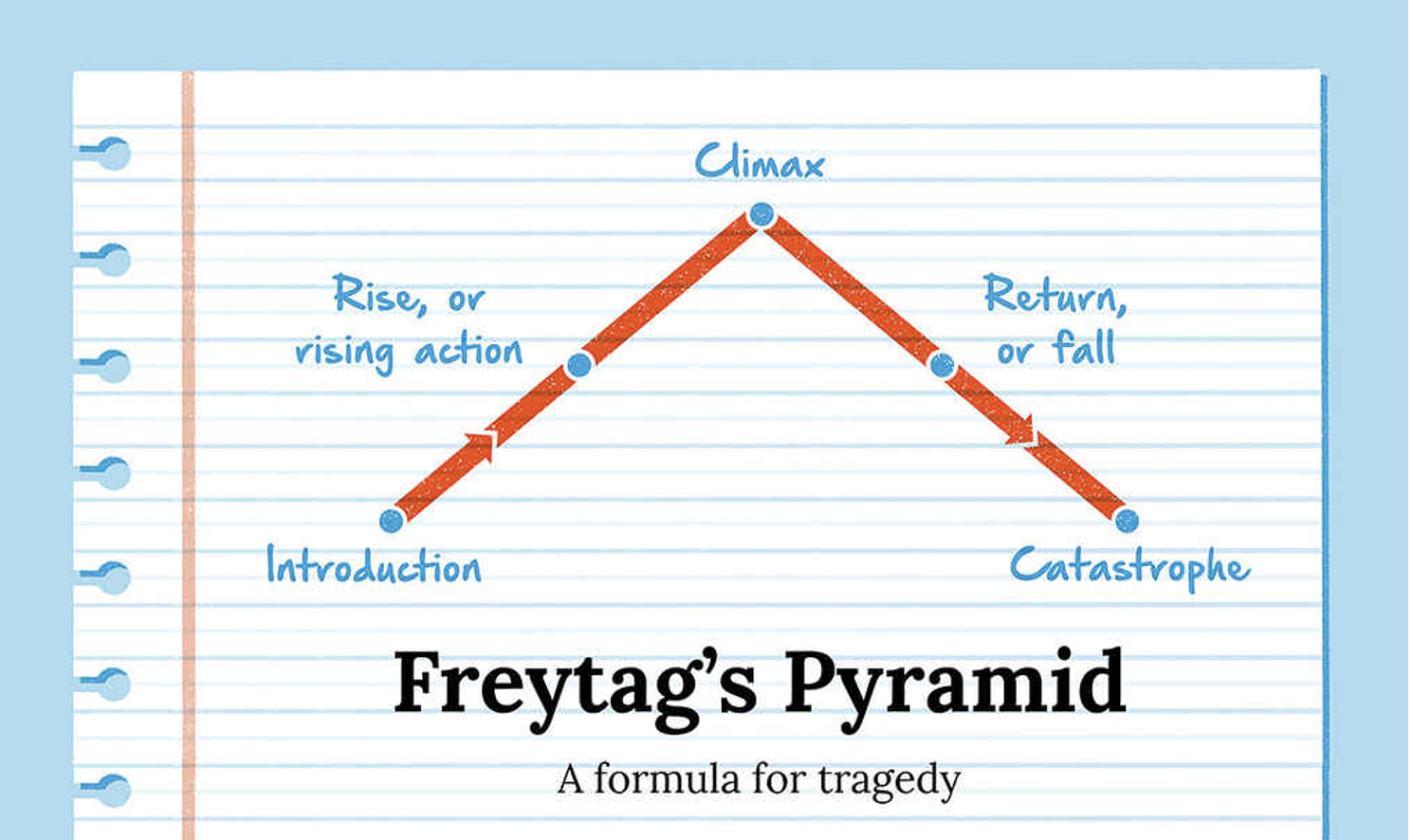
Story Structure: Freytag’s Pyramid
Last week, we examined story structure and its essential role in storytelling. Story (or narrative) structure is the order in which events in a story are relayed to the reader or audience. It can be thought of as the scaffolding of storytelling, holding the narrative together in a logical sequence or order from the beginning to the end. This week, we will study Freytag’s Pyramid, and the next post will explore the Fichtean Curve.

Story Structure Series: What is Story Structure?
Story structure, or narrative structure, makes up the basic foundation of storytelling. With a sound structure, a story rambles and makes no sense. So, what is story structure? It is the order in which events in a story are relayed to the reader or audience. It can be thought of as the scaffolding of storytelling, which holds the narrative together in a logical sequence or order from the beginning to the end....

Character Series: The Deuteragonist
The Deuteragonist is the second most important and present character in a story next to the Protagonist. Also known as the “secondary main character,” they can be a friend, ally, love interest, or even a foe for the Protagonist....

Character Series: The Antagonist
Equally important to the story as the Protagonist is the subject of this week’s post: the Antagonist. Without an Antagonist or Antagonistic Force causing opposition to or conflict for the Protagonist’s efforts to reach their goal, there is no plot. No plot, no story....

Character Series: The Protagonist
In earlier blog posts, we explored the five main elements of a story. One of those main elements was character. Over the next few weeks, we will examine the types of characters commonly found in literature. Specifically, we will explore the roles of the Protagonist, the Antagonist, the Deuterogamist, the Love Interest, the Confidant, and the Foil. This week, our focus will be on the Protagonist: the role of this character type, the characteristics that define it, and ways to create a strong example of a Protagonist in a story….

Why Writers Need to Travel—Thoughts from My Trip to Ontario
For two weeks this month, I traveled by car from Leduc, Alberta, to Port Dover, Ontario, and back with my husband and mother-in-law to visit my younger daughter. It was a pleasure trip to see the country and spend time with a loved one, but as I rode some long and lonely stretches of road in northern Ontario, it occurred to me that travel is one of the best things a writer can do to spur creativity and add depth to one’s projects….

Waiting on God: My Renewed Vision for My Writing
As I wrote in a previous post, I attended the Story Embers 2024 Summit and took away many valuable lessons to help me improve as a writer. Still, perhaps the most important lesson was this: My writing belongs to God—I’ve committed it to Him for His use and glory….

What I Learned at the Story Embers 2024 Summit
I attended my first Story Embers 2024 Summit this year. Story Embers is an organization to “help Christian writers enthrall readers with honest storytelling that depicts both beauty & brokenness.” (storyembers.org) Each year, they host a virtual summit with several keynote speakers and workshops over three days. I was fortunate to attend all but one live session over three days in late May. Fantastic presenters offered a great deal of valuable and encouraging information, and I learned too many things to cover in one blog post, but one main thought impacted me, which I will share with you.
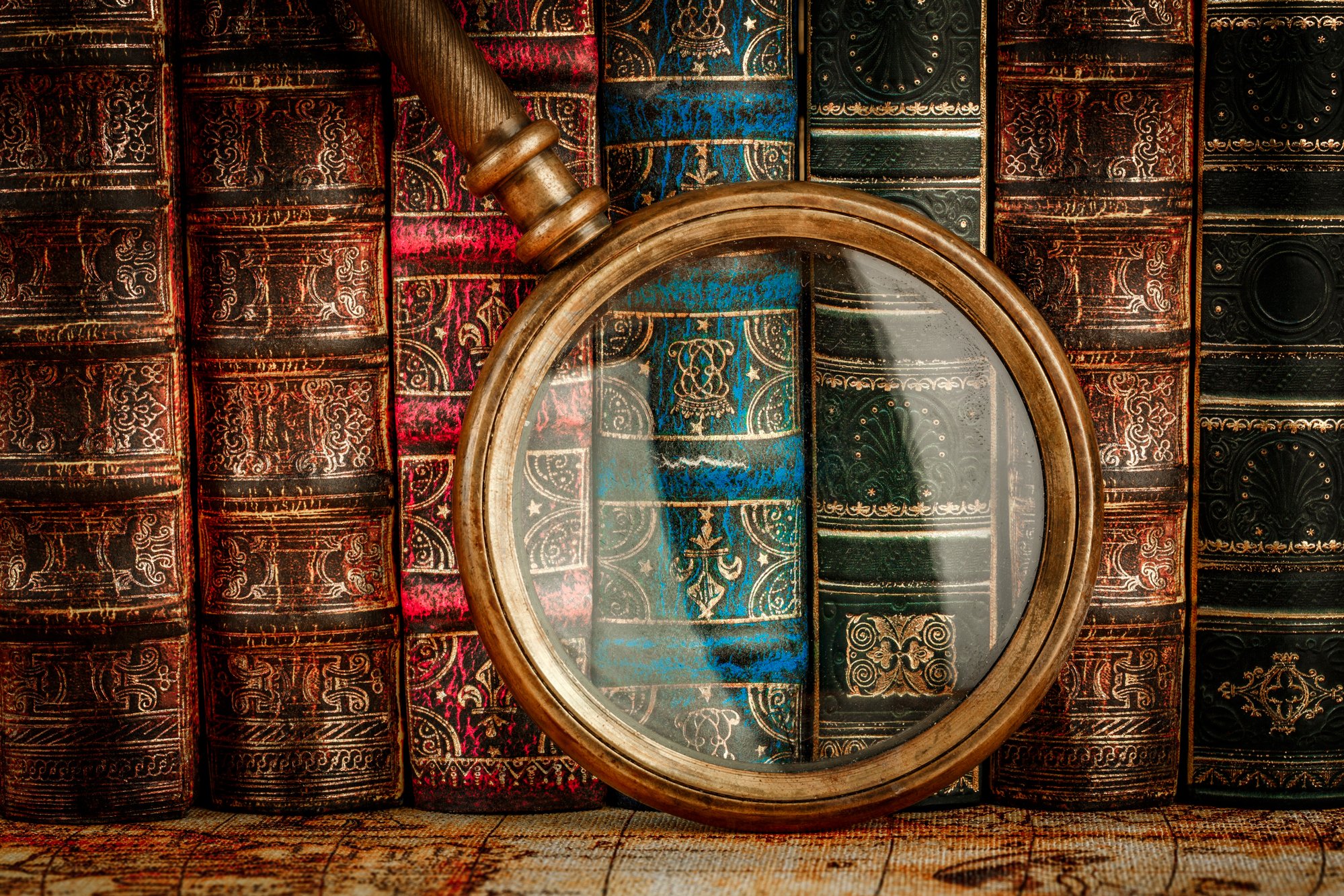
The Fifth Element of a Story: Theme
Every story contains five essential elements. Previously, we explored character, setting, plot, and conflict. In this post, we will look at what is at the heart of every compelling story: the theme….

The Third Element of a Story: Plot
Over the past two weeks, we explored two of a story's five crucial elements: Character and Setting. The character answers who the story is about and the people who act out the sequence of events in the story. The Setting, a character, a symbol, or both fixes the story in a time and place and answers the social and cultural context of what goes on. In this post, we will explore the third element of a story: Plot….
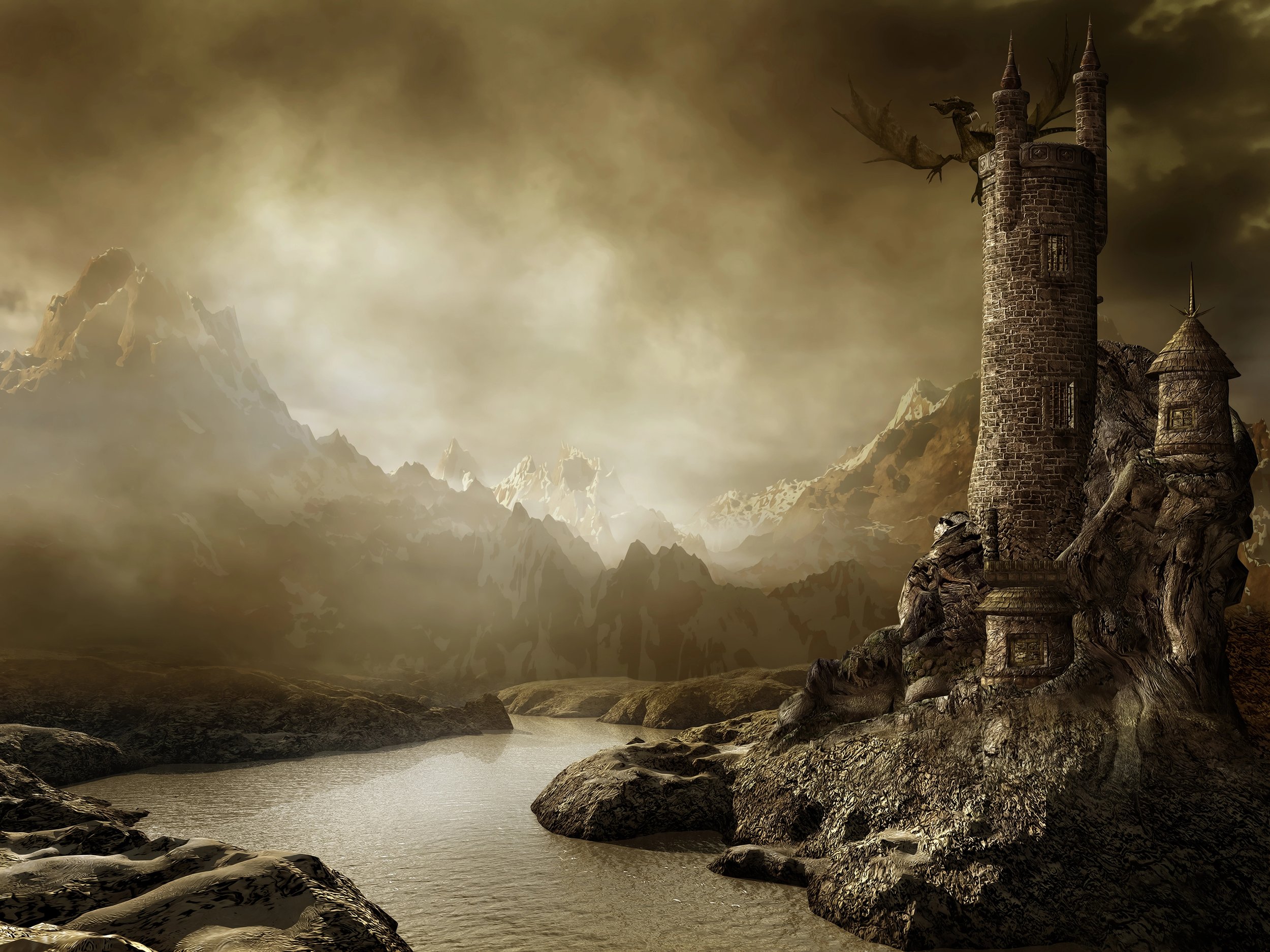
The Second Element of a Story: Setting
Stories are made up of elements necessary for them to work, make sense, and exist. There are many elements, but five main elements include character, setting, plot, conflict, and theme. In my last post, we explored the first element of a story: character. In this post, we will examine the second element of a story: setting….

The First Element of a Story: Character
As defined in my last post, “A Character is someone or something that does something in the plot of a story. Sometimes, they don’t do much at all. Some are only referred to by other characters. They can be a person, animal, or other being. In some stories, objects, groups, forces of nature, and settings can take on the character role….
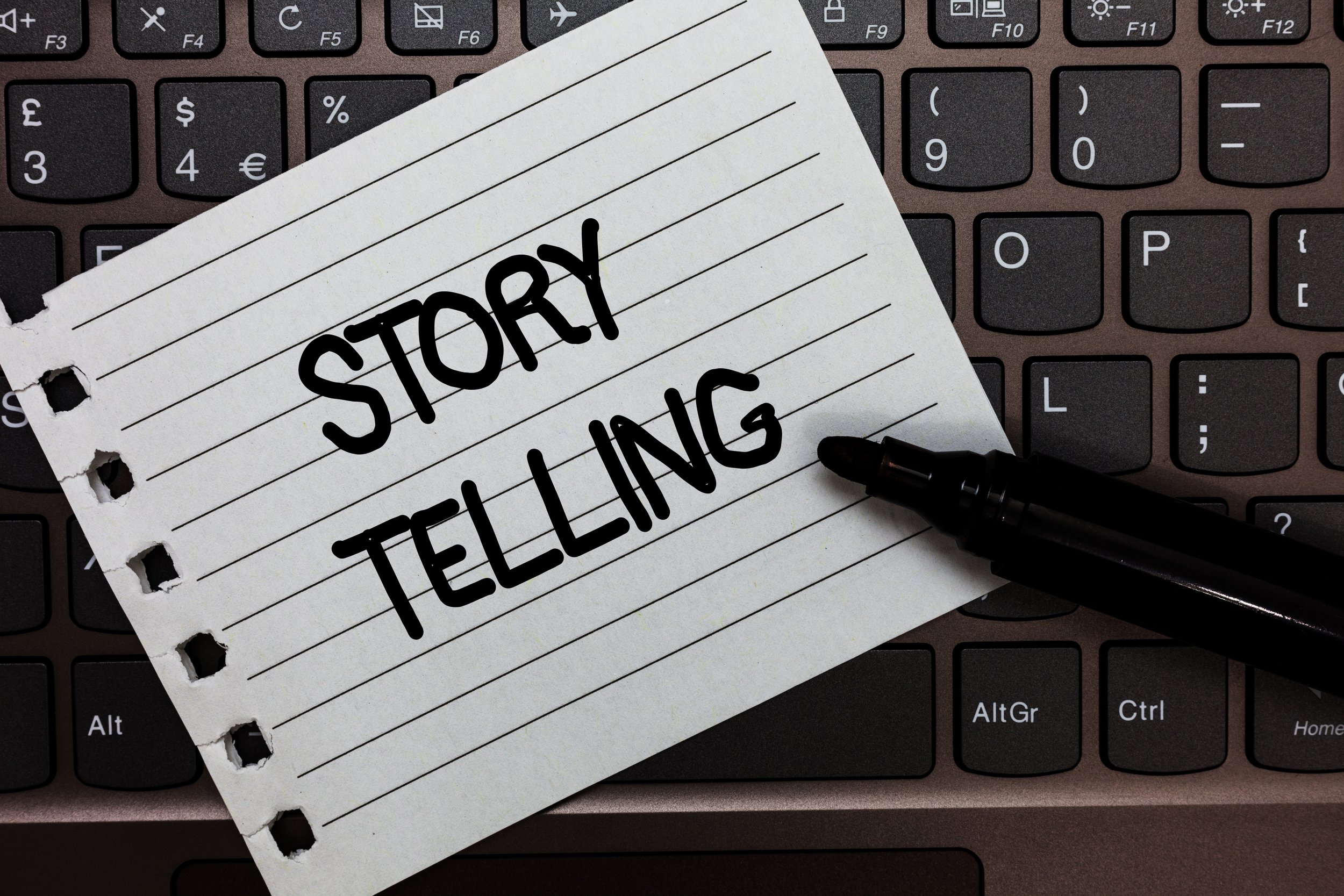
The Five Elements of a Story
We read them all the time or watch them on TV: Stories. But what elements make up a good story, be it a short story, novella, novel, play, or screenplay? What major components make up a story and hold it together?

8 Great TV Shows and Movies in the Romantic Thriller Genre
I love several TV shows and movies that fall within the above definition of a “romantic thriller.” In this post, I will list my favorite TV shows and movies within this designation….
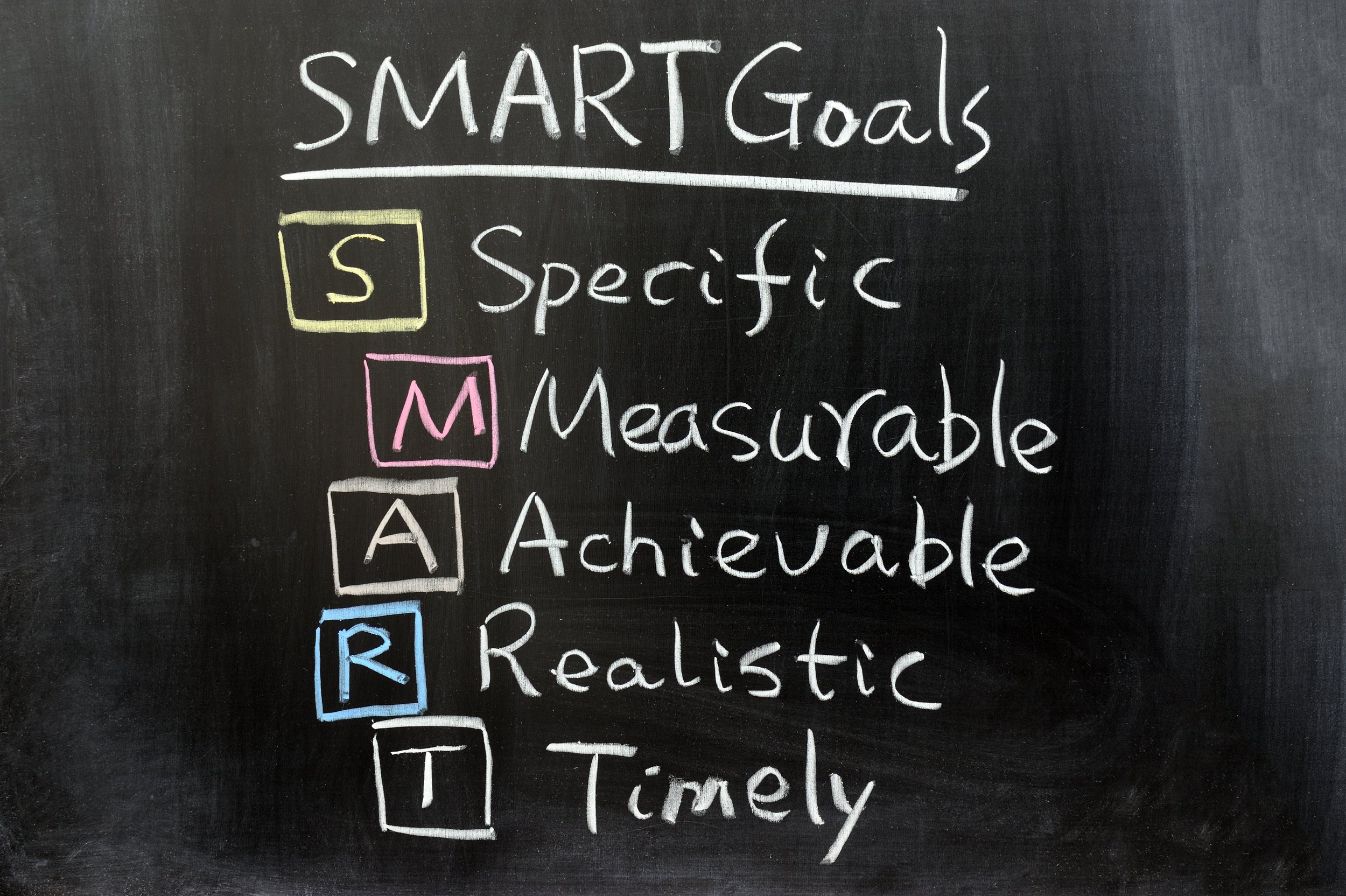
Setting SMART Goals for 2024
In preparation for the new year, I am making several SMART goals professionally as a writer and personally. If you’re unfamiliar with what a SMART goal is, I’ll briefly describe what they are….
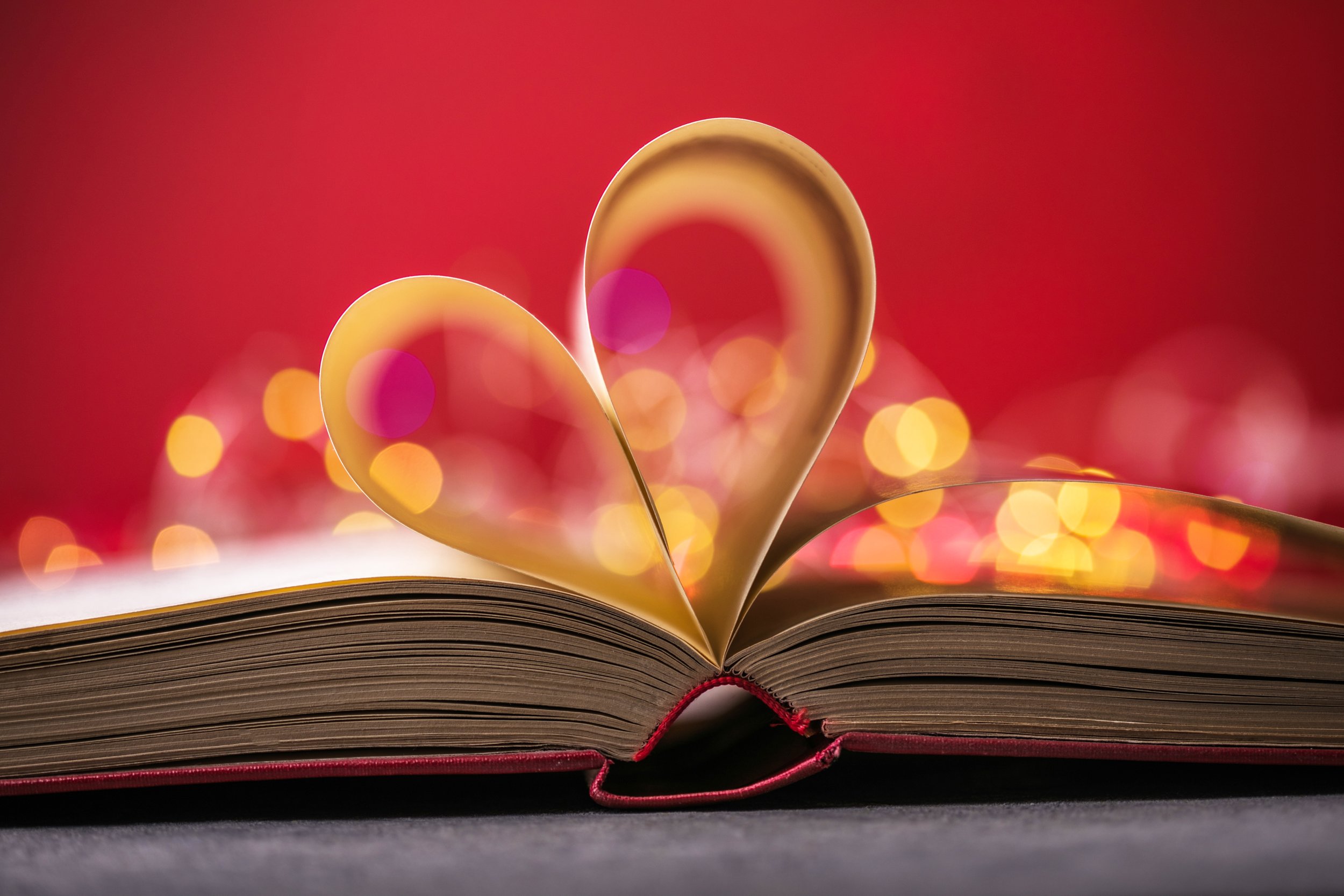
What is the Love Genre?
Over the past few weeks, we have explored genres and described the two external content genres I tend to write the most: the Thriller Genre and the Love Genre. Last week, we explored the Thriller Genre. This week, the focus will be on the Love Genre, also known as the Romance Genre….

What is the Thriller Genre?
Last week, I described the two genres I primarily write in and why. They were the Thriller genre and the Love (romance) genre. In today’s post, we will explore what the Thriller genre is about in greater detail….

The Genres I Prefer to Write Within and Why
For the past few weeks, we’ve explored Literary and Commercial Fiction and the content genres typically found under the category of Commercial Fiction. This was to lay a foundation for today’s post, where I describe the content genres I prefer to write in (and read) and why that’s the case….